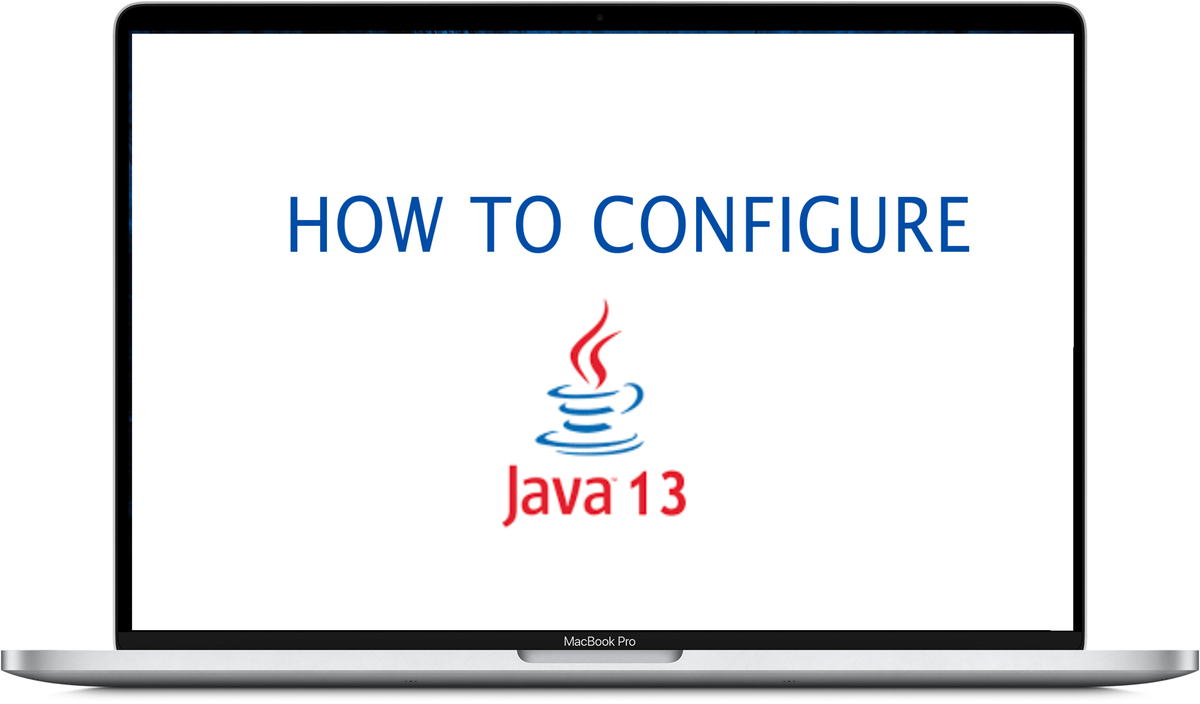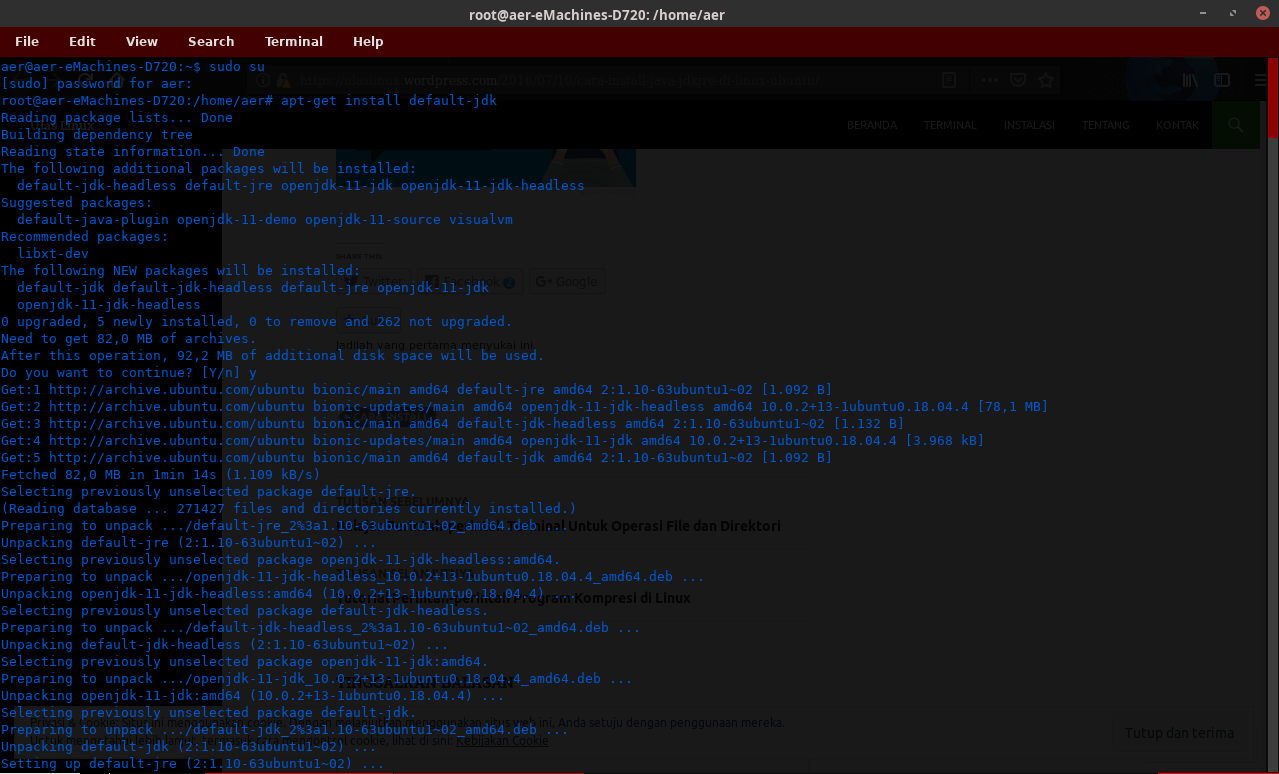
The solution is to install an older version of Java, with an installer that puts things where Adobe expects to find them. The problem is, the modern Java installer puts Java into a different location than it used to, so when these older apps look for Java, they don’t find it, even though it’s there– because they are looking in the wrong place. Java is not part of the macOS so it has to be installed manually.

Some older Mac apps (Adobe’s Photoshop is one) require Java in order to work. Sort of a drag but you can’t do the download if you don’t create an account. You will have to create an “Oracle Account” in order to download. Do not get the one with “tar” in the name– it won’t work.) (You want this one: jdk-16_osx-圆4_bin.dmg. As of Monday, March 22nd, 2021, it’s Java SE 16. Look for the highest-numbered version, probably near the top of the page. If you do not have a support agreement with Oracle, then it seems risky to me to use their JDK, especially since the differences to OpenJDK are minimal.If you’re seeing a pop-up that says “To use the java command-line tool you need to install a JDK” and left wondering “How do I do that?” this is the article for you. Note that the Oracle branded JDK has significant licensing restrictions allowing you its use basically only for testing, i.e., not for production. => /Library/Java/JavaVirtualMachines/jdk-11.0.1.jdk/Contents/Home # (Optional) Check if the new JDK can be found Sudo chown -R root:wheel /Library/Java/JavaVirtualMachines/jdk-11.0.1.jdk Sudo mv jdk-11.0.1.jdk /Library/Java/JavaVirtualMachines

In your favorite shell, run: tar -xzf openjdk-11.0.1_osx-圆4_ Some of these include installers, but if not you can do the following. Amazon Corretto (Great for production, includes backports).In that case, grab the desired version from one the many available, freely usable OpenJDK editions, e.g.: You want to install the GPL version of OpenJDK.Since most answers are out of date, here's what works as of end of 2018 under the assumption that


 0 kommentar(er)
0 kommentar(er)
